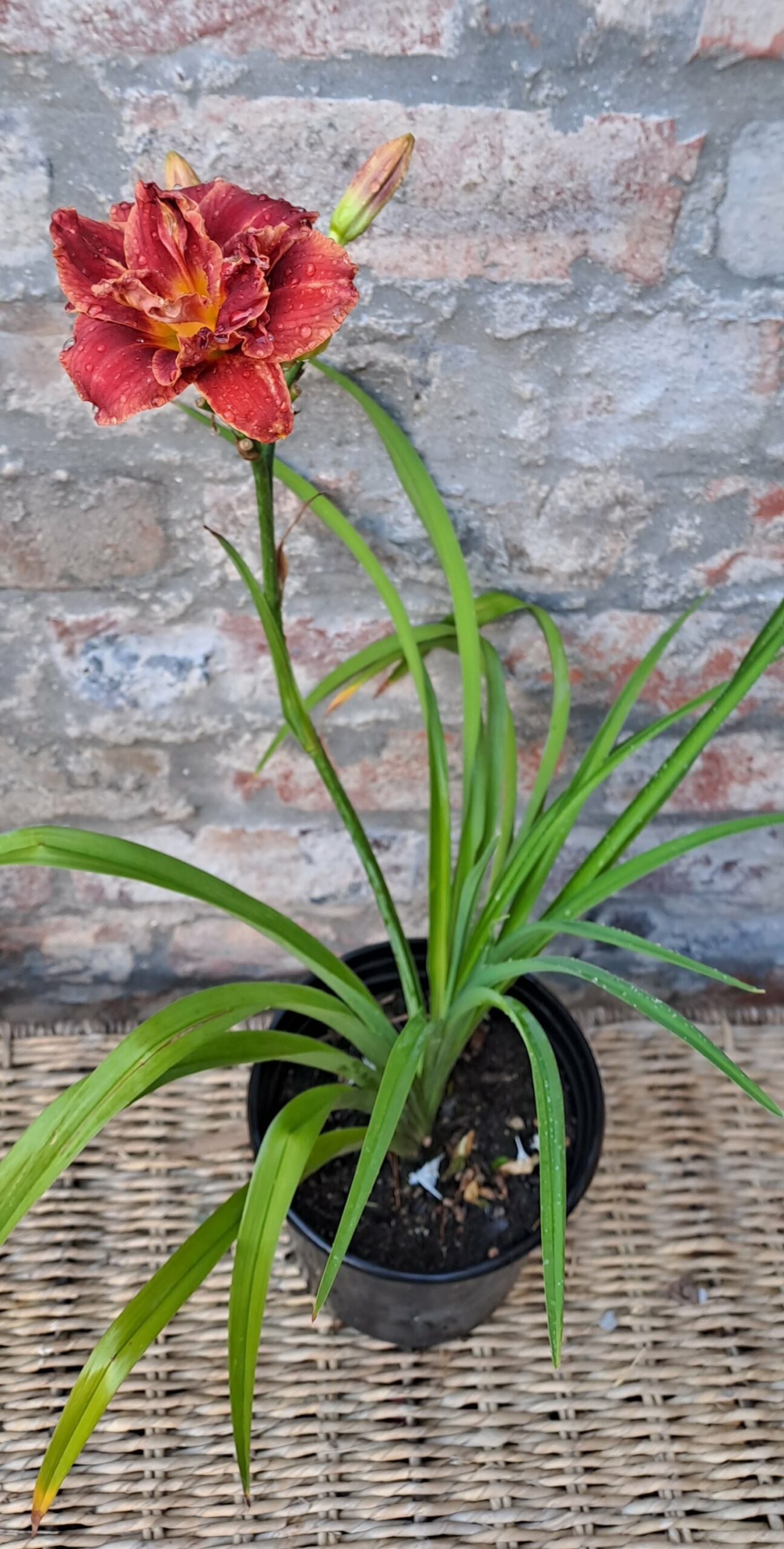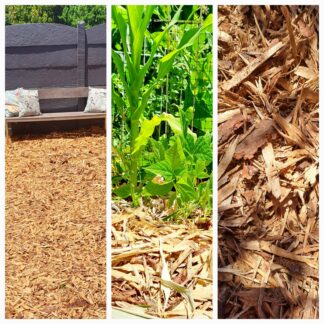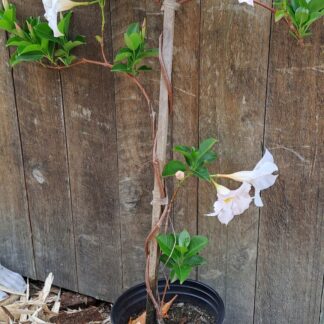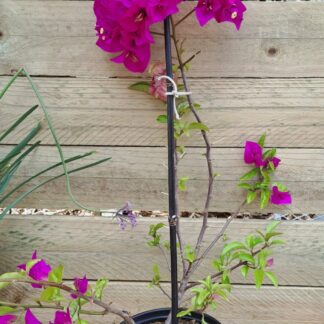Description
- Sunlight: Daylilies prefer full sun, but they can tolerate partial shade. Ensure they receive at least 6 hours of sunlight daily for optimal blooming.
-
Soil: Well-drained soil is essential. Sandy loam or loamy soil with good drainage is ideal. Incorporating organic matter can improve soil structure.
-
Watering: Daylilies are relatively drought-tolerant but benefit from regular watering, especially during dry spells. Water deeply and allow the soil to dry between watering sessions.
-
Temperature: Daylilies are generally hardy, but they may appreciate protection from extreme heat or cold. Mulching around the plants can help regulate soil temperature.
-
Fertilization: Use a balanced fertilizer in spring and again after the first bloom to support healthy growth and flowering.
-
Division: Periodically divide daylilies to rejuvenate them. This is typically done every 3-5 years. Spring or fall is a good time for division.
-
Pests and Diseases: Keep an eye out for pests like aphids and spider mites. Treat any infestations promptly. Daylilies are generally resistant to diseases, but good garden hygiene is essential.
-
Mulching: Mulch around the plants to conserve soil moisture, suppress weeds, and regulate soil temperature.
-
Pruning: Deadhead spent blooms to encourage continuous flowering. Remove yellow or damaged leaves regularly.
-
Winter Care: In regions with occasional frost, mulch around the base of the plants to protect them during winter.
Always consider the specific microclimate of your garden and adapt these general guidelines accordingly.






Reviews
There are no reviews yet.